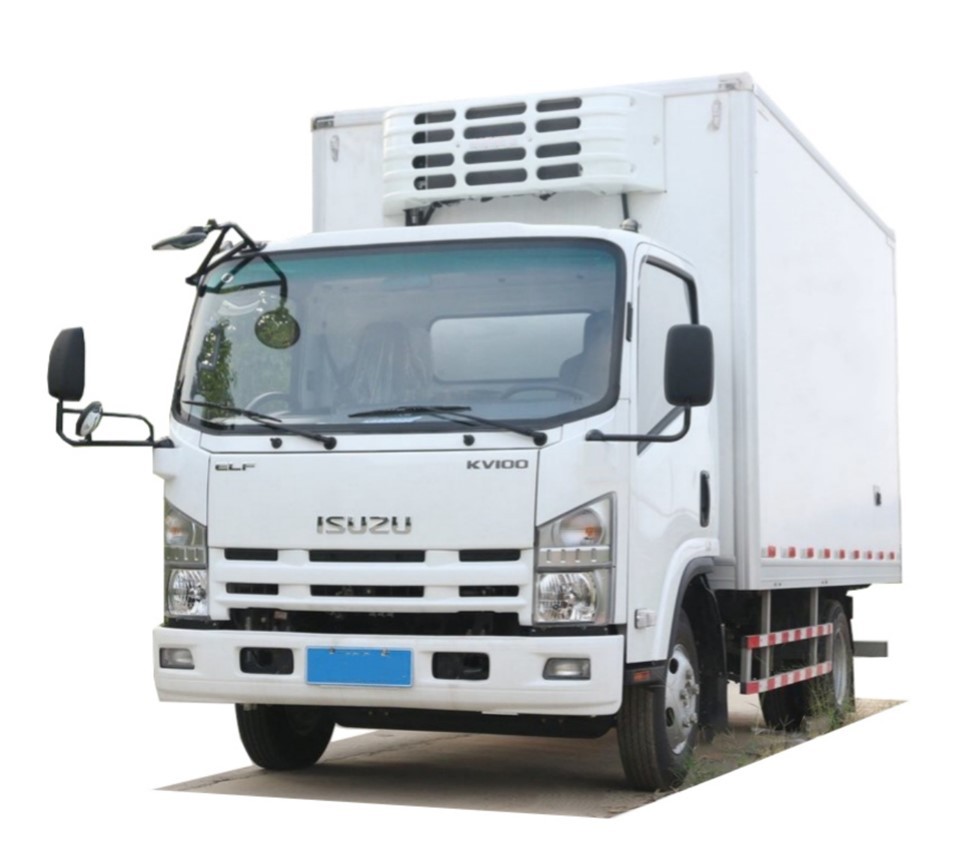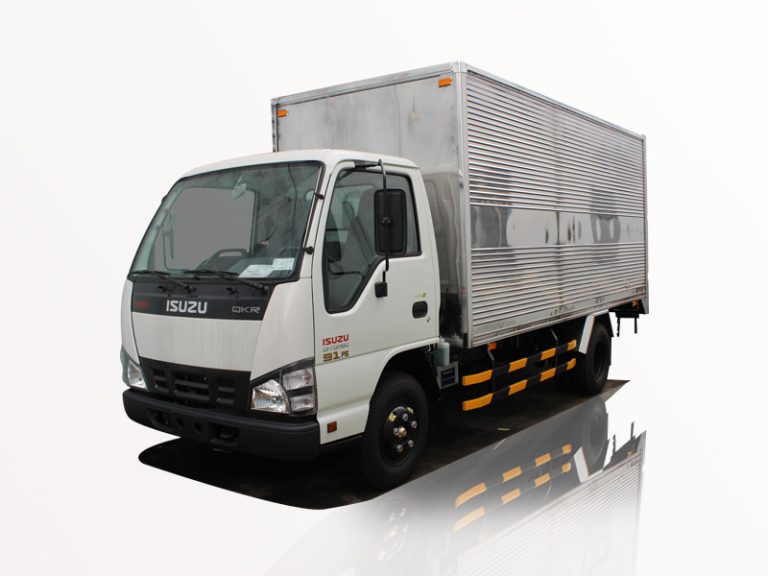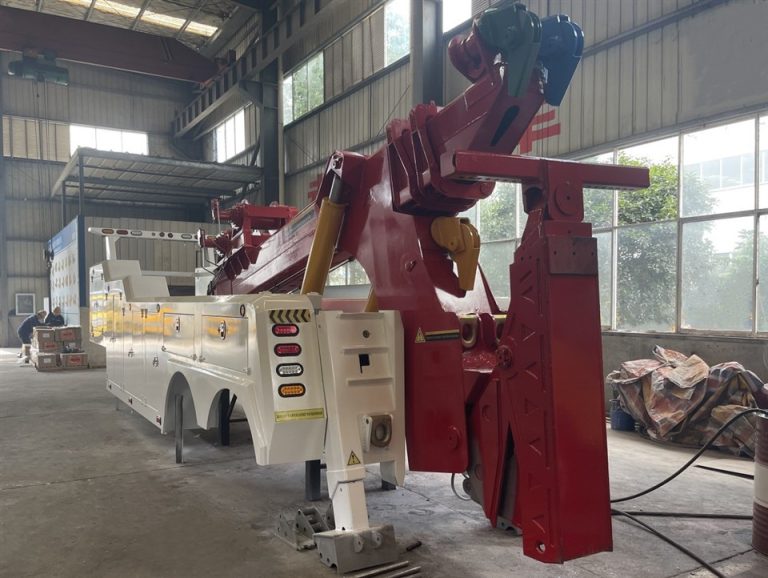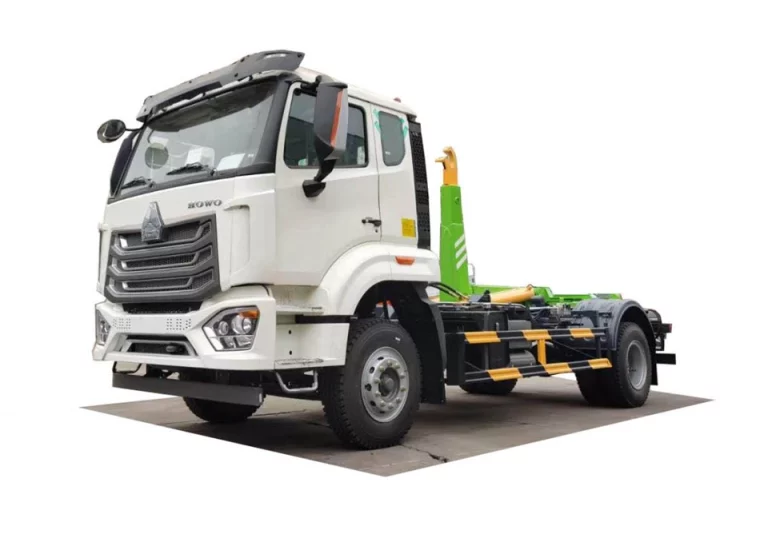When it comes to construction, landscaping, or hauling materials, understanding dump truck load capacity is crucial. Knowing how much weight a dump truck can carry not only affects project timelines and costs but also ensures safety and compliance with regulations. In this comprehensive guide, we will delve into the intricacies of dump truck load capacity, offer practical examples, and provide tips to optimize your hauling operations.
What is Dump Truck Load Capacity?
Dump truck load capacity refers to the maximum weight a dump truck can safely transport. This capacity varies based on several factors, including the truck’s design, materials, and type of load. Properly determining load capacity is essential for ensuring the truck operates efficiently and safely.
Types of Dump Trucks
There are several types of dump trucks, each with different load capacities:
- Standard Dump Trucks: Usually used for general hauling, these have a typical capacity of 10 to 14 cubic yards.
- Large Dump Trucks: Ideal for heavy-duty jobs such as road construction, these can hold up to 16-20 cubic yards or more.
- Mini Dump Trucks: Used for smaller jobs, they typically have a capacity of 1 to 5 cubic yards.
- Articulated Dump Trucks: Best for off-road applications, these can carry heavy loads exceeding 30 tons.
Factors Affecting Dump Truck Load Capacity
Understanding the factors that influence load capacity is vital for efficient operations:
Truck Specifications
The specifications of the dump truck itself play a significant role in determining its load capacity. Key specifications include:
- Axle Configuration: The number of axles affects weight distribution. More axles generally mean greater capacity.
- Gross Vehicle Weight Rating (GVWR): This is the maximum weight the truck is rated to safely handle, including the truck itself, cargo, and any passengers.
- Dump Body Design: The material and structure of the dump body can influence how much weight it can carry.
Material Density
The weight of the material being loaded significantly impacts how much can be safely transported. For example:
| Material | Weight per Cubic Yard |
|---|---|
| Sand | 1,600 lbs |
| Gravel | 2,400 lbs |
| Topsoil | 1,200 lbs |
| Concrete (broken) | 3,000 lbs |
Calculating Dump Truck Load Capacity
Common Formulas
Calculating dump truck load capacity involves understanding the truck’s specifications and the weight of the cargo:
- Step 1: Determine the truck’s GVWR.
- Step 2: Subtract the weight of the truck from the GVWR to find the maximum load capacity.
Example Calculation
If a dump truck has a GVWR of 26,000 lbs and weighs 10,000 lbs:
- Max Load Capacity = GVWR – Truck Weight
- Max Load Capacity = 26,000 lbs – 10,000 lbs = 16,000 lbs
Practical Tips for Maximizing Load Capacity
Understanding Local Regulations
It’s crucial to be aware of weight restrictions in your area. These regulations can vary by state or municipality and can significantly impact your operations. Always check the legal weight limits for roads and bridges before loading your truck.
Use Weigh Stations
Utilizing commercial weigh stations can help you ensure you are not exceeding legal limits. Regularly measuring load weights can help in adjusting load amounts effectively.
Load Distribution
Properly distributing the load within the truck helps maintain balance and reduce the risk of accidents. Ensure weight is spread evenly across the axles to prevent overloading any part of the truck.
Safety Considerations
Importance of Load Capacity Awareness
Overloading a dump truck can lead to serious safety risks, including:
- Vehicle Damage: Excessive weight can cause mechanical failures.
- Accidents: Overloaded trucks have longer stopping distances and can become difficult to control.
- Legal Penalties: Exceeding weight limits can lead to fines and vehicle impoundment.
Personal Protective Equipment (PPE)
When loading and unloading materials, it’s vital to wear appropriate PPE, including hard hats, gloves, and steel-toed boots.
Advanced Dump Truck Load Capacity Topics
Innovations in Dump Truck Technology
Recent advancements in dump truck technology have enhanced load capacity calculation and monitoring:
- Telematics: Modern trucks are equipped with sensors that provide real-time data on load weights.
- Automated Stability Systems: These systems help manage weight distribution and prevent tipping.
Future Trends in Load Capacity Management
As the industry evolves, we expect to see improvements in materials, design, and technology that will impact load capacity positively. Innovations such as lightweight materials for dump beds and advanced load monitoring systems will make operations even more efficient.
FAQs About Dump Truck Load Capacity
1. What is the average load capacity of a standard dump truck?
The average load capacity of a standard dump truck typically ranges from 10 to 14 cubic yards, equating to about 12,000 to 16,000 lbs, depending on the material being hauled.
2. Can I overload my dump truck without risk?
No, overloading your dump truck can lead to safety hazards, vehicle damage, and potential fines for exceeding legal weight limits.
3. How do I know when my dump truck is at capacity?
Using a commercial weigh station or onboard weighing systems can help you determine if your dump truck is at capacity. Always consider the GVWR and the weight of your load.
4. Are there different load capacities for different dump truck types?
Yes, different dump truck types have varying load capacities based on their design and intended use. Large dump trucks can carry more than standard or mini variants.
5. What are the safety implications of exceeding load capacity?
Exceeding load capacity can lead to instability, increased wear on vehicle components, longer stopping distances, and higher accident risks, as well as legal consequences.
6. How can I optimize my dump truck’s load capacity?
To optimize your dump truck’s load capacity, be aware of local regulations, ensure proper load distribution, and utilize weigh stations to monitor your loads effectively.



